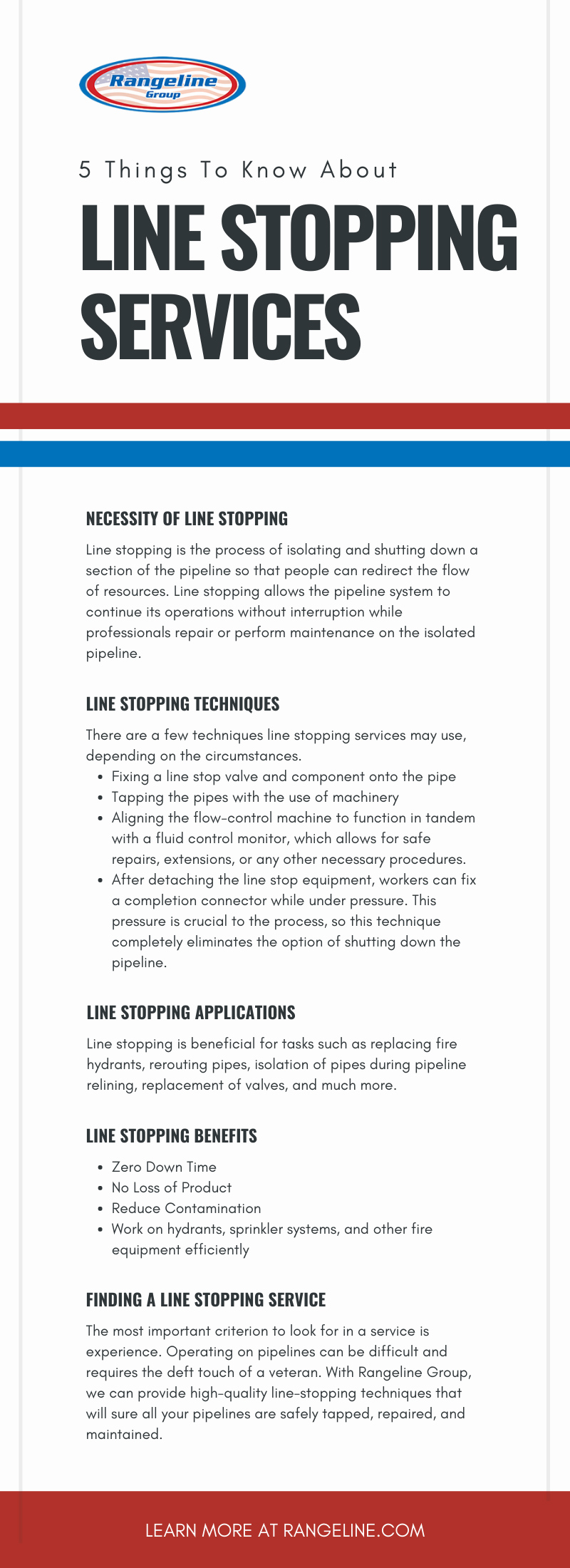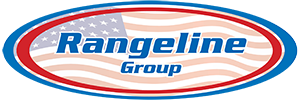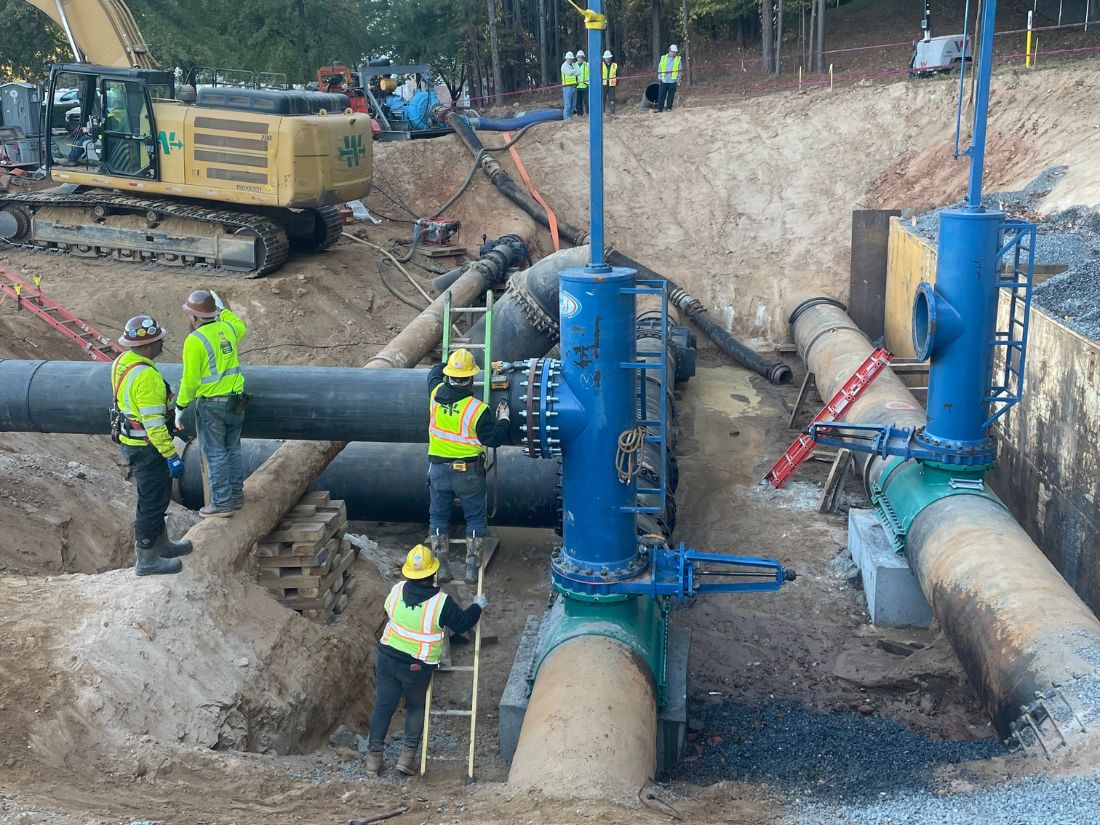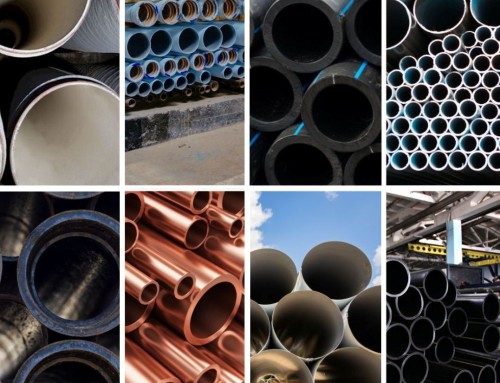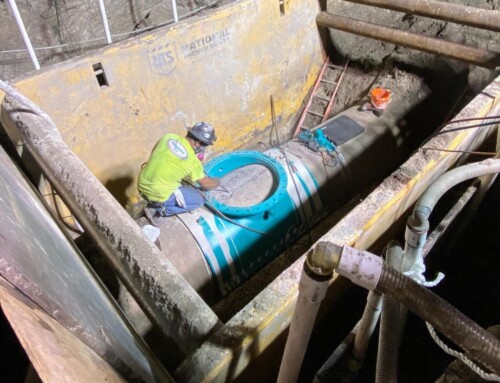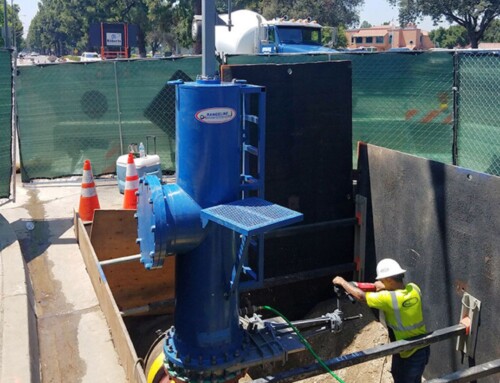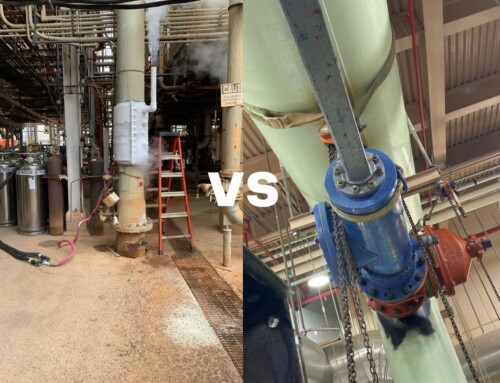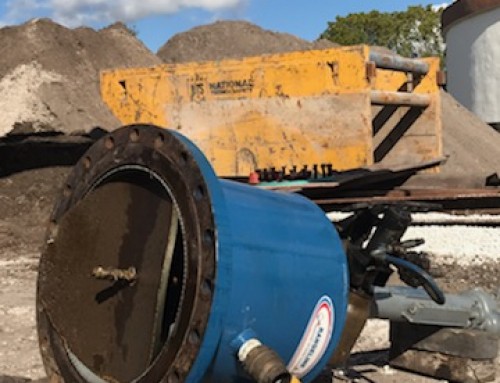Beneath our very feet is a web of pipelines that carry important resources such as energy and water to every home, business, and building around us. It’s thanks to these pipelines that we are able to have a constant and safe supply of resources that we can access at our leisure. However, the extent to which we rely on them also means that these pipes are in constant service. A service called line stopping is necessary to repair, replace, and expand existing pipelines. Learning these five things about line stopping services gives you a better understanding of the process.
Necessity of Line Stopping
Line stopping is the process of isolating a section of the pipeline so that people can redirect the flow of resources. Line stopping allows the pipeline system to continue its operations without interruption while professionals repair or perform maintenance on the isolated pipeline. This process is by far the most efficient and effective solution, as the alternative would be to shut down the pipeline and drain the entire system. This method would, naturally, be incredibly disruptive and deprive numerous people of energy, water, and other necessities. Furthermore, shutting down the entire pipeline system runs the risk of backflow, boil orders, and contamination.
Safe, efficient, and non-disruptive, line stopping is truly the only way to manage the miles of pipelines that are so critical to our modern-day conveniences.
Line Stopping Techniques
So, if shutting down a pipeline is neither practical nor efficient, then how do professionals go about installing water main line stops? There are a few techniques line stopping services may use, depending on the circumstances.
- Installing a line stop valve fitting onto the pipe
- Perform a wet tapping into the pipe with the use of tapping machinery
- Inserting the line stopper machine to function in tandem with a fluid control monitor, which allows for safe repairs, extensions, or any other necessary procedures.
- After removing the line stop equipment, workers can install a completion plug while under pressure. This pressure is crucial to the process, so this technique completely eliminates the option of shutting down the pipeline.
The line-stopping procedure allows professionals to have complete control over the pressure within the pipe—all from a small part of the pipeline. Professionals manage this through one of two line-stopping methods: single or multiple line stops. These two methods isolate the pipe that requires work, and, from that isolated piece, they can control the rest of the pipe’s flow.
Line Stopping Applications
Naturally, pipelines are so useful that they’re used for various purposes. Additionally, manufacturers must make pipelines with different materials to suit these purposes. Despite their differences, however, it’s important to know that line stopping services are applicable to all kinds of pipes. Line stopping is beneficial for tasks such as replacing fire hydrants, rerouting pipes, isolation of pipes during pipeline relining, replacement of valves, and much more.
While not everyone knows what line stopping is, many owners, designers, and operators are beginning to really recognize the quality and efficiency of the line stopping method. So much so, in fact, that line stopping is becoming the preferred method over live repair or shutdown options. Line stopping does more than prevent the disruption of a pipeline’s flow—it also saves time and money. With line stopping, professionals can quickly take care of repairs and replacements, which is especially important with how many miles of pipe snake through the ground to provide for people.
Line Stopping Benefits
While we’ve mentioned a few benefits of line stopping to show its superiority over other methods, allow us to elaborate on things you should know about line stopping services.
Zero Down Time
As most prominently mentioned, the line-stopping process does not disrupt the flow of pipelines at all. This factor ensures that professionals can maintain pipelines with the time and effort needed because engineers aren’t rushing to restore services to those that a pipeline shutdown would affect.
No Loss of Product
Because line stopping is minimally invasive, it also removes the worry of losing resources such as water due to leaks in the case of needing to drain a pipe. Even in the cases that losses do occur during a line stopping, the loss is almost always negligible.
Reduce Contamination
Similarly, much like how product can’t get out, line stopping doesn’t provide opportunities for contaminants to enter the pipeline. In comparison, other isolation methods focus entirely on the pipe that needs repairs, failing to regard the surrounding pipe or what contaminants could now enter. The quick turnaround for line stopping also means that professionals can repair cracked or broken pipes before contaminants can find their way in and taint the whole pipeline.
Hydrants and Sprinklers
Line stopping is also a fantastic solution for repairing hydraulic systems while still ensuring people can use them at a moment’s notice. Most notably, engineers can work on hydrants, fire sprinkler systems, and other fire equipment efficiently so that they’re not out of commission should an emergency strike at any time.
Finding a Line Stopping Service
Lastly, none of these techniques or benefits are possible without professionals at the reins. The most important criterion to look for in a service is experience. Operating on pipelines can be difficult and requires the deft touch of a veteran. With Rangeline Group, we can provide high-quality line-stopping techniques that will assure all your pipelines are safely tapped, repaired, and maintained. Our prices are always affordable, so get in contact with Rangeline today to learn more about our services and what we can do for you.
Conclusion
Line tapping and stopping services have been invaluable to the industry. We are able to quickly and more easily repair the infrastructure holding our communities together in a way that’s not as intrusive to the pipe or the nature around it. Line stopping has become the industry standard, so make sure you don’t fall behind! Get in touch with our professionals at Rangeline Group today to learn more about our services and how we can help preserve your pipes.
